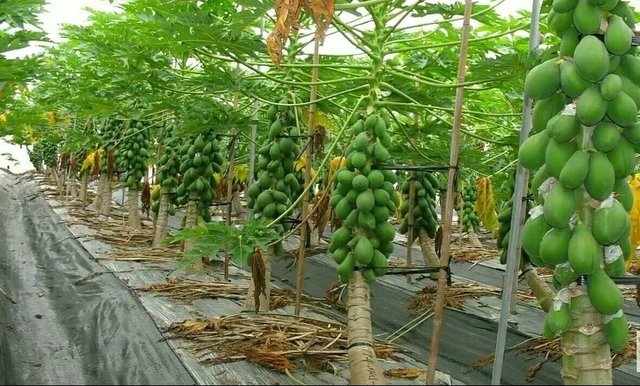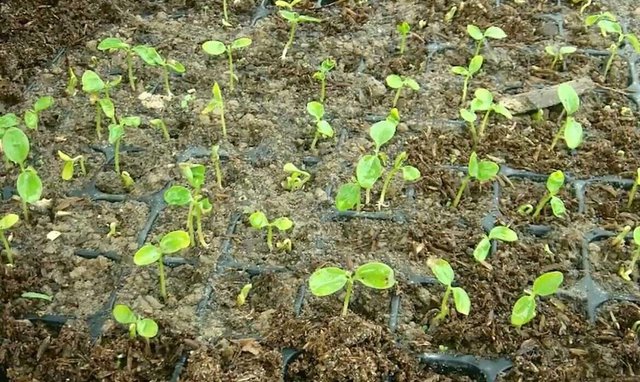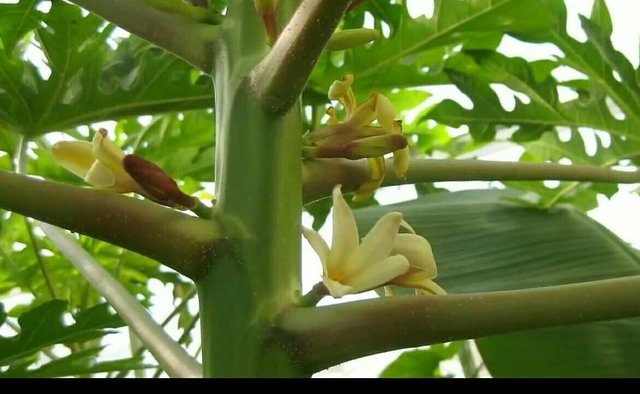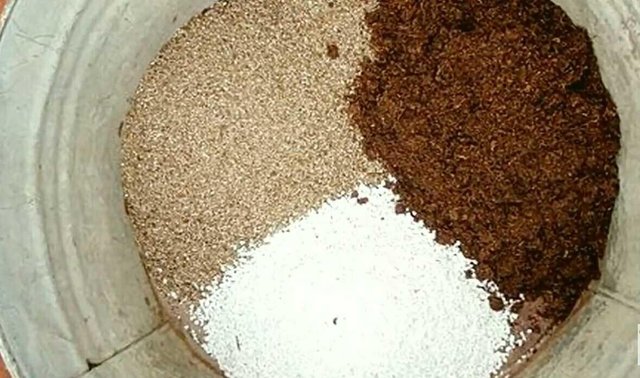Papaya (Carica papaya L.), or betik is a plant originating from southern Mexico and northern parts of South America, and is now widespread and widely grown throughout the tropics for its fruit. C. papaya is the only species in the genus Carica. The papaya name in Indonesian is derived from the Dutch, "papaja", which in turn also takes from the name Arawak, "papaya". In Jawapepaya language it is called "katès" and in Sundanese "gedang".

Papaya fruit eaten meat, both when young and mature. Young fruit meat is cooked as a vegetable. Freshly cooked fruit ore as a fruit cocktail mixture. Papaya also used leaves as a vegetable and meat softener. Young papaya leaves are eaten as fresh vegetables (after dilayukan with hot water) or made a buntil wrap. By the Manadonese, an anointed papaya pepaya is usually eaten. The papaya sap (found in stems, leaves, and fruits) contains papain enzymes, a kind of protease, which can soften the meat and alter the conformation of other proteins. Papain has mass-produced and commodity trading.
To produce papain, the raw material that needs to be prepared is papaya sap. While the auxiliary materials such as water and sulfite. Water is used as a sap of papaya sap, while sulfite is used as a chemical solvent.

Papaya is generally not branched or slightly branched, growing as high as 5-10 m with leaves that make up the same spiral on the top trunk of the tree. Leaves pinnate five with long stems and a hole in the middle. The shape can be good or not. Papaya cultivars are usually deep inside.
Papaya is a monodioecious' (single house with two houses) with three sexes: male, female, and sissy (hermaphrodite). Male plants are known as "hanging papaya", which although men can sometimes produce fruit also by "parthenogenesis". The fruit is barren (does not produce fertile seeds), and is used as a traditional medicine. Papaya flowers have a pale yellow crown with a stalk or sitting on the stem. Male flowers in male plants grow on long stalks. Flowers are usually found in the area around the shoots.
The fruits are rounded elongated, with the tip usually tapered. The color of the fruit when dark green is dark, and after ripe the light green becomes yellow. The shape of the fruit is round when it comes from female plants and is elongated (oval) when produced by transvestite plants. Sissy plants are preferred in cultivation because they can produce more fruits and larger fruits. The meat comes from thickened karpela, yellow to red, depending on the variety. The middle of the fruit is hollow. The seeds are black or black and wrapped with a layer of mucus (porridge) to prevent it from drying out. In cultivation, the seeds to be replanted are taken from the center of the fruit.

Common pest attacks on papaya plants include white lice and Tetranychus sp. whereas common disease attacks include anthracnose, root rot, stem rot, leaf spot. Papaya's white flea Paracoccus marginatus Williams & Granara de Willink (Hemiptera: Pseudococcidae) is a new pest that is an important issue in papaya plants in Indonesia. This insect is known to exist for the first time in May 2008 on papaya plants in Bogor Botanical Gardens, West Java. White papaya seed P. marginatus is an important pest in Indonesia which has high destructive power.
